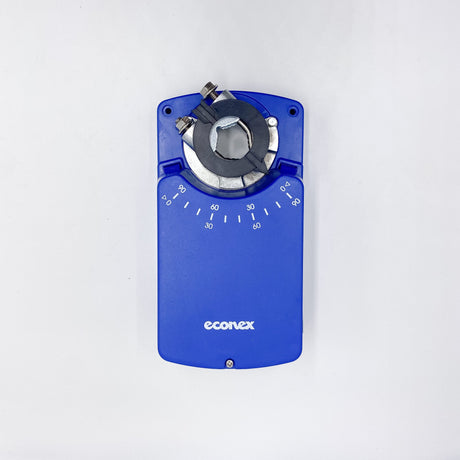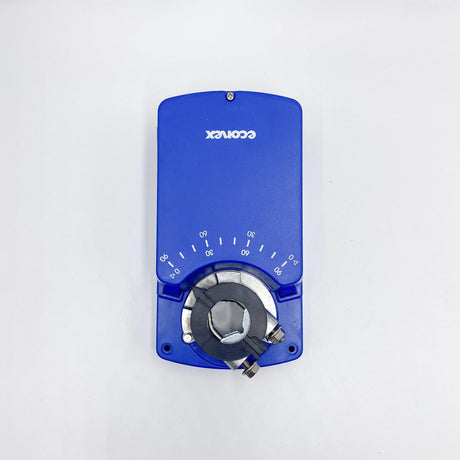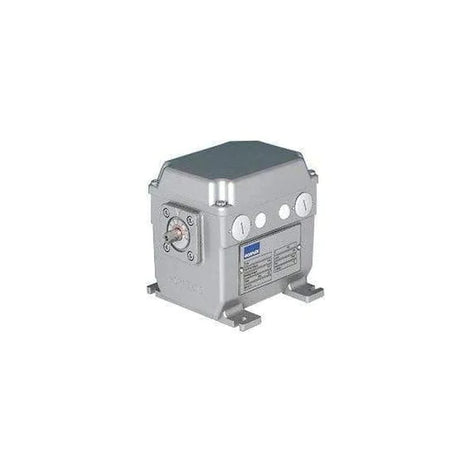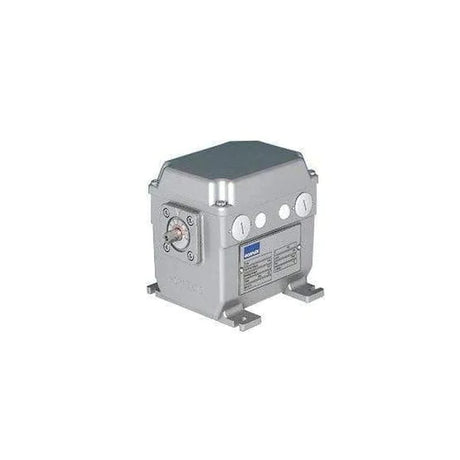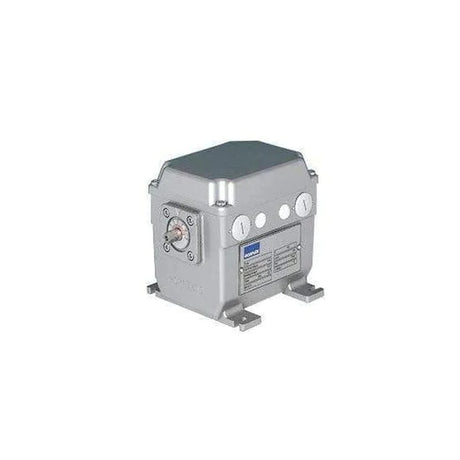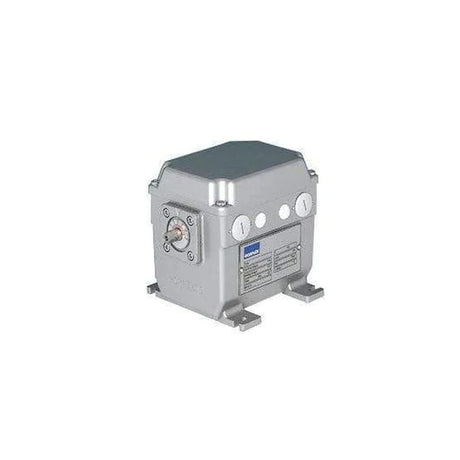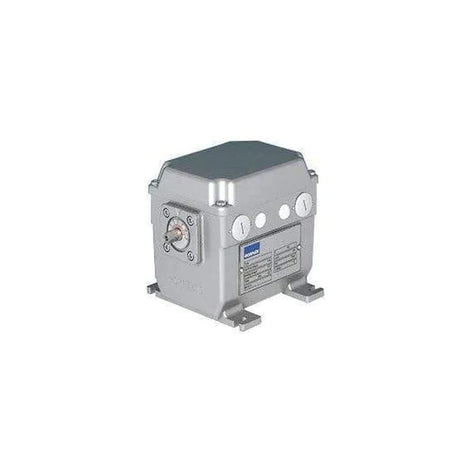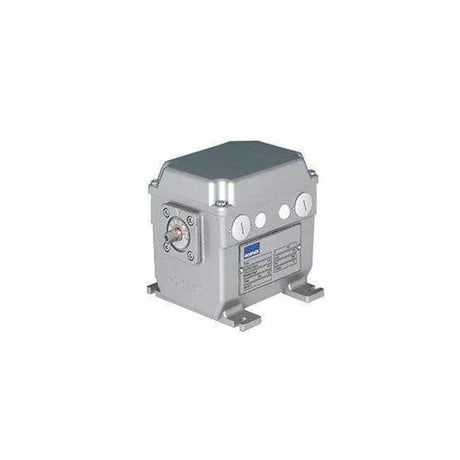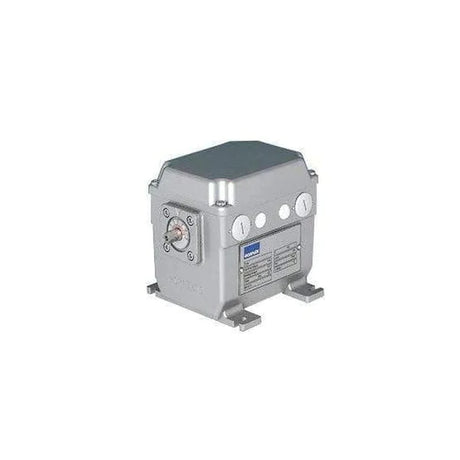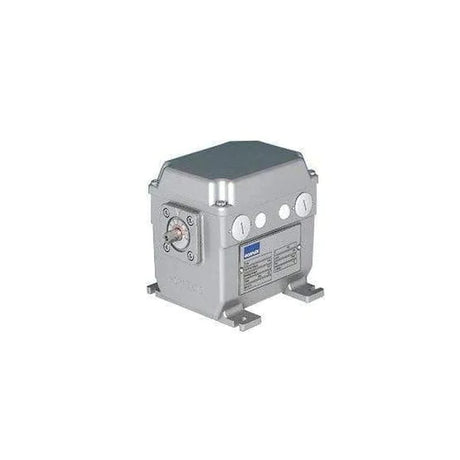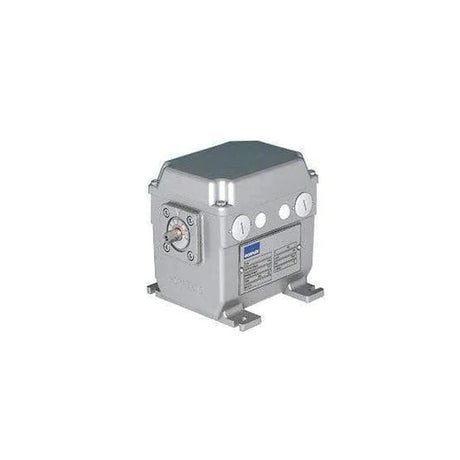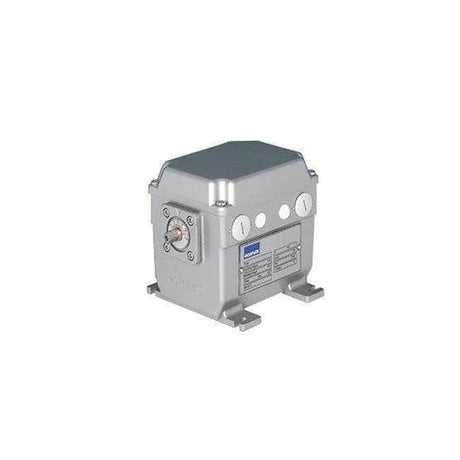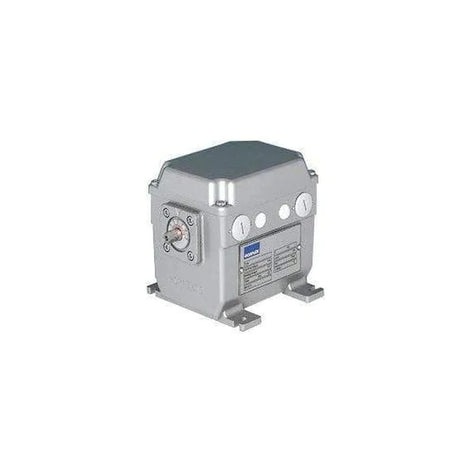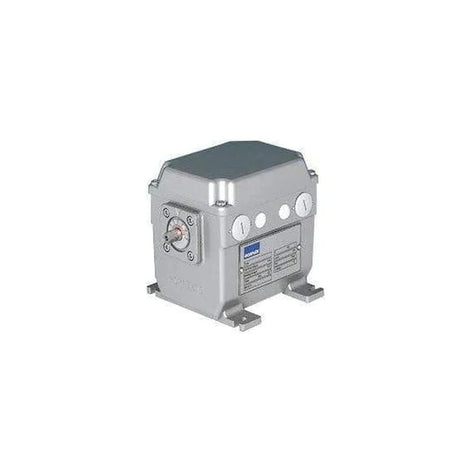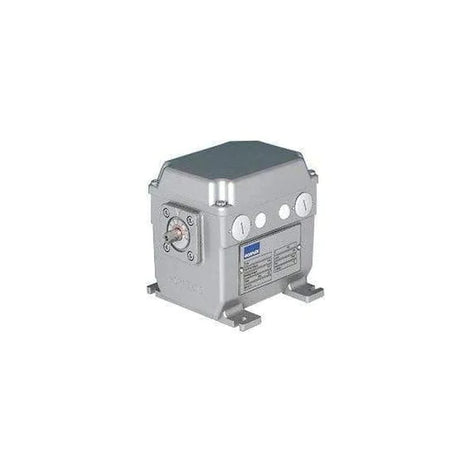Damper Motors & Servos
(41 products)
What is a Servo Motor?
Servo motors are versatile motors that are used in a variety of applications due to their precise control. They typically consist of a DC motor, a set of gears, and a position sensing device that is used to measure the output shaft’s position and rotate it to a predetermined position. This feedback loop allows servo motors to maintain accurate and repeatable positions, making them suitable for tasks such as robotics and automation.
Servo motors come in different sizes and shapes, allowing them to be tailored to various applications. Common design features include feedback sensors, enclosed drive electronics, brushless motors, and custom mounts. Brushless servo motors have increased efficiency, provide higher torque and are less prone to vibration compared to brushed motors. Additionally, brushless motors require less maintenance since there are no brushes that can wear out.
Due to their precise control and positioning, servo motors are commonly used in industrial applications such as motion control, robotics, medical imaging, 3D printing, automotive systems, and many other applications. They are also often used for motorised hobby projects like robots and model planes.
Where might I need a Damper Motor?
Econex and Siemens Servo Motors are specially designed to be installed in industrial combustion plants to control modulating valves, ball valves, butterfly dampers and other devices for the regulation of fluids and gases in combustion systems.
-
Burner Control: Combustion systems, such as boilers or furnaces, require a precise mixture of fuel and air for efficient combustion. A damper motor can regulate the airflow by adjusting the position of the dampers, ensuring the optimal amount of air is supplied to the burner. This helps achieve proper combustion and maximize fuel efficiency.
-
Flue Gas Exhaust: After combustion, the flue gases need to be safely discharged from the system. Dampers are used in the flue gas exhaust path, and a damper motor controls their opening and closing. This allows for proper venting of the combustion by-products, maintaining the required draft and preventing the buildup of dangerous gases.
-
Safety and Control: In combustion systems, safety is of utmost importance. Damper motors can be integrated with safety controls and sensors to ensure proper functioning of the system. For example, a damper motor can respond to flame detection sensors or pressure switches, instantly closing the dampers in case of a malfunction or unsafe condition.
-
Turndown Ratios: Some combustion systems may have the ability to modulate their output based on demand. A damper motor can be utilized to control the air supply and adjust the turndown ratio of the burner. This allows for efficient operation of the system across a wide range of loads and ensures optimal combustion performance.
-
Emissions Control: Controlling the airflow through the dampers can also help manage emissions in combustion systems. By adjusting the damper position, the amount of excess air supplied to the combustion process can be optimised, leading to reduced emissions of pollutants such as nitrogen oxides (NOx).


